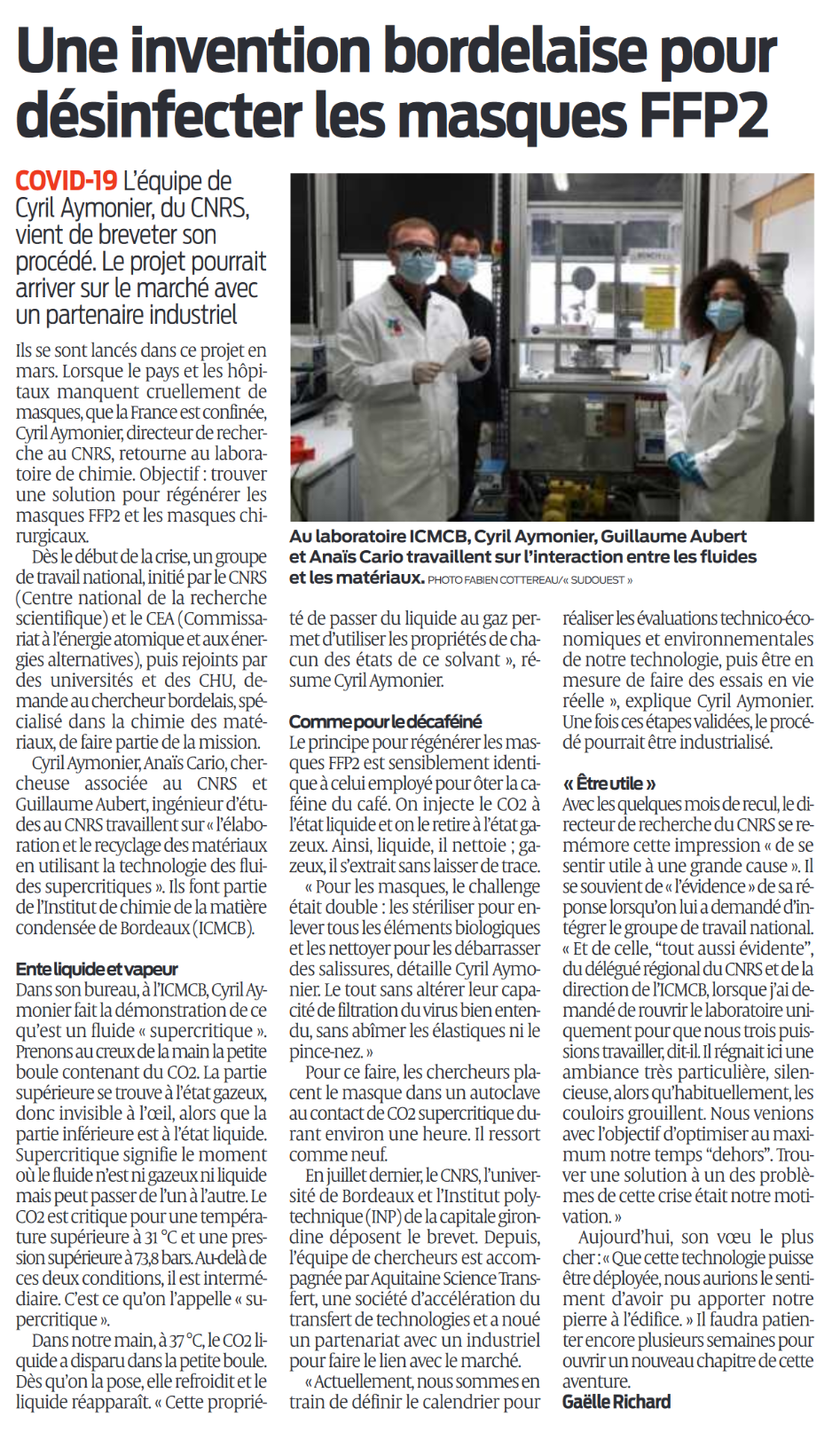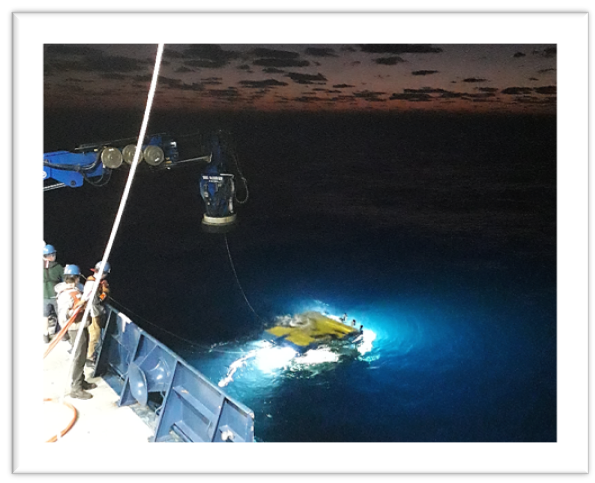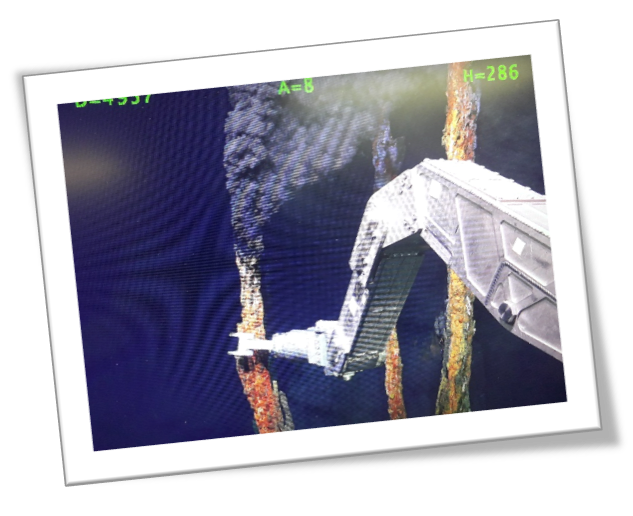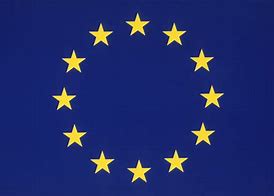The DEEP Project: DEtecting Extraterrestrial Piezophiles in Ocean World Analogs
The DEEP team:
- Dr. Karyn L. Rogers (PI), RPI NY, USA
- Dr. Kiana Frank (co-PI), University of Hawaii, USA
- Dr. Anaïs Cario, ICMCB – CNRS, France
- Dr. Kristin Yoshimura, RPI NY, USA
- Pr. Isabelle Daniel, University of Lyon, France
- Maria Steadmon, University of Hawaii, USA
- Michaela Setzer, University of Hawaii, USA
 Figure 1: The DEEP Team
Figure 1: The DEEP Team
On an expedition to the Mid-Cayman Rise (~5000 m deep hydrothermal system) from January - February 2020, visiting two distinct sites: The Von Damm vent field (2300 m) and the Piccard vent field (5000 m)
Scientific Goals and Challenges
- Study the microbiology (and related geochemistry) associated with hydrothermal activity
- Assess the effects of decompression on observable biosignatures from high-pressure ecosystems
- Improve our knowledge on the microbial diversity (only explored 5%) by isolating new piezophiles
- Better understanding of HP microbes and their adaptation strategies / the deep biogeochemical cycles
- Developing new experimental tools to address deep biosphere studies limitations (in situ analyses)
Figure 2: ROV Jason, Piccard, and Location of the Von Damm and Piccard vent fields on the Mid-Cayman Rise
Supercritical CO2-based process to clean FFP2 facial masks
Anaïs Cario1, Guillaume Aubert1 and Cyril Aymonier1
1CNRS, Univ. Bordeaux, ICMCB, UMR 5026, F-33600 Pessac, France
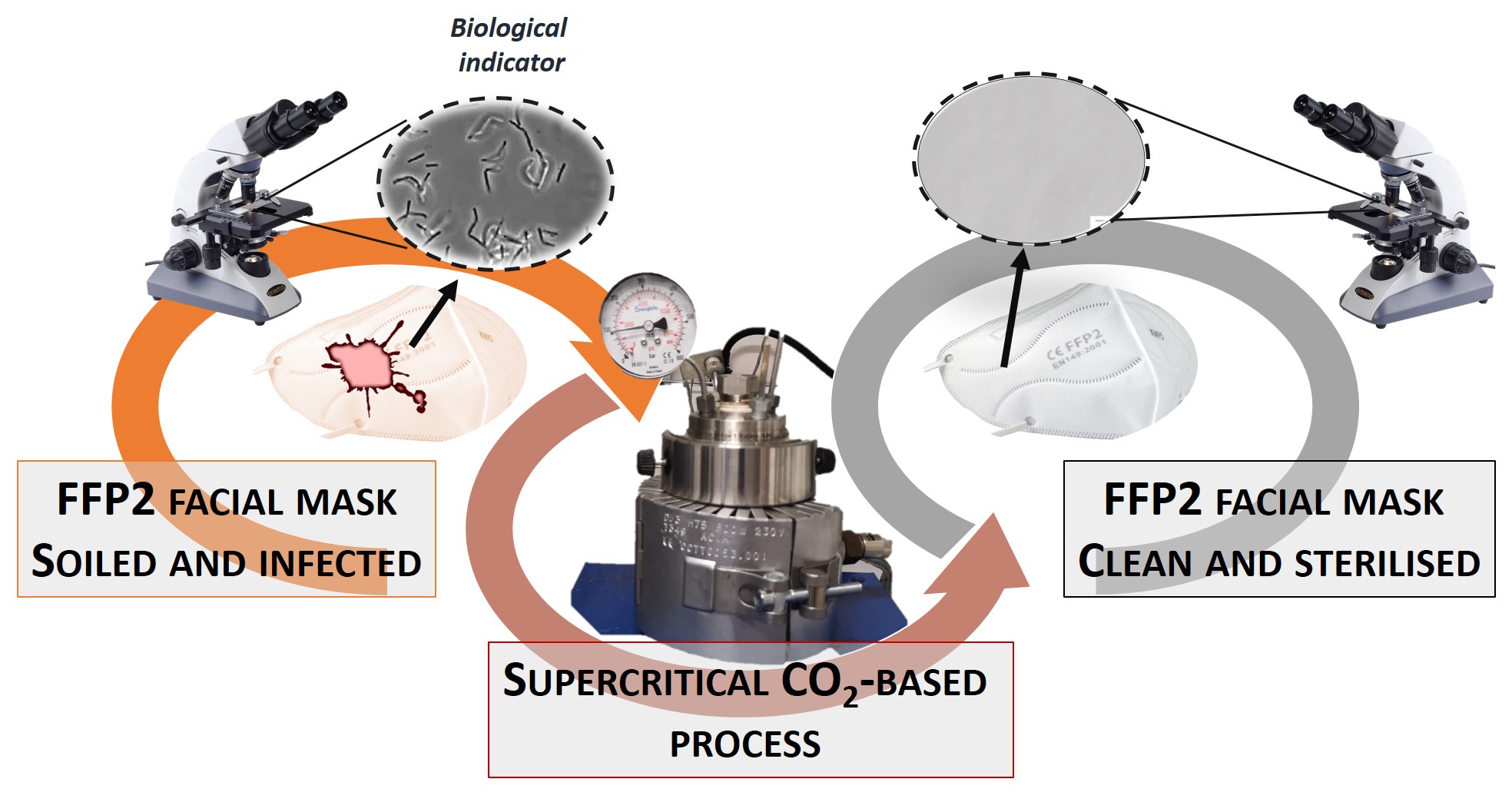 Figure 1: Schematic of our experimental set up to clean and sterilize FFP2 facial masks
Figure 1: Schematic of our experimental set up to clean and sterilize FFP2 facial masks
The Covid-19 pandemic led to a huge consumption of single-use facial masks (i.e. surgical masks and Filtering Face-Piece respirators like N95/FFP2) to avoid spreading the virus throughout the population. However, this tremendous use brought the critical situation of masks shortage to the global society.
In order to overcome facial masks deficit, several research teams investigated new methodologies to reuse facial masks. Cumulative solutions, such as hydrogen peroxide, ethylene oxide and autoclave, enable a complete decontamination after mask treatment. Nevertheless, to avoid the loss of the masks filtration capacity, they cannot be wetted or washed. Therefore, it becomes crucial to find an effective procedure to clean the masks allowing both for a microbiologically security and the preservation of the filtration efficiency.
Supercritical Carbon Dioxide (ScCO2)-based processes could help to clean these protective masks thanks to its solvent properties and sterilizing abilities. In this study, we explored different varying parameters (pressure, temperature and cosolvents) to clean FFP2 protective masks. Our ultimate goals were to be able to (i) clean and sterilize the FFP2 masks and (ii) to preserve the filtration efficiency of FFP2 masks after our ScCO2- based treatment.
To do so, we developed a full experimental set up to clean and sterilize the FFP2 masks using ScCO2-based treatments. The cleaning procedure was performed using a deposit of soiling solution on the masks to mimic dirty conditions (i.e. a mixture of bovin serumalbumin and sheep erythrocytes). To evaluate the biocide effect (i.e. effective killing of biological elements) of our treatment we added a biologic indicator, which are spores of Geobacillus stearothermophilus, to the soiling solution. We also investigated the filtration performance of the FFP2 masks after treatment. To assess the ScCO2 treatments effect on both cleaning, sterilizing and filtration capacities, we compared both treated and untreated FFP2. We finally found an effective ScCO2-based treatment to reach all the required steps to reuse facial masks (Fig. 1).
Read More Here:
- https://www.inc.cnrs.fr/fr/cnrsinfo/covid-19-recyclage-des-masques-les-chercheurs-en-mode-taskforce
- https://www.cnrs.fr/lettre-innovation/actus.php?numero=692
